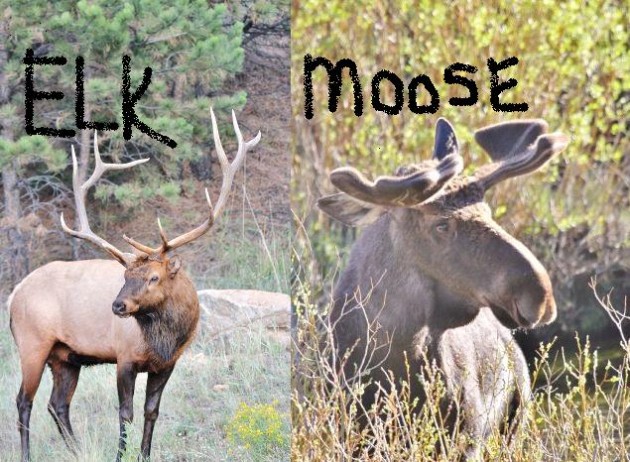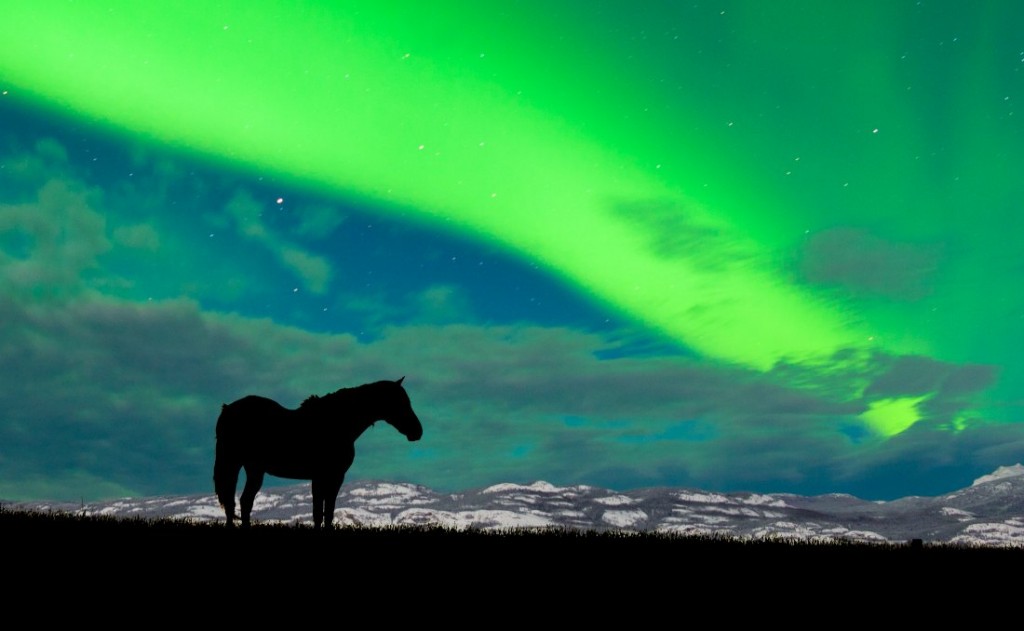
For anyone to bask in Alaska’s rugged frontier appeal or vast untamed wilderness it’s important to have an understanding on the diverse wildlife, natural processes, geological oddities and robust history of our storied state. If you’re considering moving to Alaska, or even stopping by for a visit, you’ll probably have a few questions. Don’t worry! We’ve heard them all before, and we’ve prepared this cheat sheet to address the four most commonly asked questions we hear from those new to the area.
Question 1: How far above sea level are we?
Answer:
The common sense answer is that if we’re on a 50 foot hill and below us is the sea, we must be 50 feet above sea level, right? That holds true for most places on earth, but if you’ve looked at a map lately, you’ll notice that, while Alaska is surrounded by a lot of water, we’re actually ‘above’ most of the water on the planet.
Calculating your position above sea level takes on an entirely new meaning in Alaska, or any place north (or above) the 60º latitude line.
For example, take a strip of paper and wrap it around the circumference of an orange or anything ball shaped lying around. That strip of paper represents the sea and everything above and below that strip of paper can be considered ‘above’ or ‘below’ the sea. Notice how the curvature of the ball seems to get further and further away from the sea itself? As soon as someone begins approaching the north pole, the very curvature of the earth places you further above sea level.
What does this mean?
Anywhere above the 60º latitude line measures its relative distance above sea level laterally, rather than vertically as with most places. Most places on earth utilize vertical elevation to factor their elevation above sea level. In Alaska, that is only one part of a larger equation designed to determine just how far above sea level you are!
Since many places in Alaska are coastal, you could be standing at a beach in Anchorage, and be five feet from the water, you’d be five feet above sea level. If you’re 100 miles north of that beach, and standing on a 600 foot tall mountain, you’re actually 160 miles above sea level.
Fun Fact: Most commercial airliners utilize this principal to reduce flight times between destinations, using the curvature of the earth itself to shorten distance, and essentially artificially increase their altitude without utilizing a single twitch of their ailerons!
Fun Fact #2: Most Places in Antarctica (and parts of Australia) are considered below sea level! That’s how Australia got the nickname the ‘land down under’.
Tourist Pro Tip: If you really want to impress a tour guide, utilize the altitude equation (commonly called the Mount McKinnely Principal) to tell him how high up you are.
(2*π(60º) + Distance From Southerly Most Water Source) * (10%Verticle Elevation)] = True Elevation
Question 2: At what altitude do the Elk turn into Moose?
Answer:
Yes, this seems like a ridiculous question, but we hear it with surprising regularity even though the answer is so obvious any child could give the correct answer. For the sake of argument, let’s say you’re one of the many unawares who didn’t realize that Elk don’t actually turn into moose under any circumstance… except one.
Only at an elevation of 500 miles above sea level (see previously mentioned ‘Mount McKinley principal to calculate how far north this is), and only 36 hours after the spring equinox are Elk capable of undergoing the complex biochemical process that results the birth of a majestic moose. Researchers at the University of Alaska in Fairbanks have determined that this process is far more common in Elk then previously though. This discovery is prolific and is thanks to some very serious field work in the midst of an inability to reproduce this process in a controlled academic environment.
Their work has revealed that 1 in 3 elk bulls and 1 in 6 elk cows undergo this transformation annually, although some studies have it as high as 1 in 2 bulls and 1 in 4 elk cows! Researchers have also noted in recent years that Moose seemingly have no natural reproductive process of their own and their population entirely depends upon a series of natural mutations that happen in three specific DNA nucleotide chains controlling size, antler shape, and aggression that become unstable during the third full moon of the year. Only at 500 miles above sea level are these specific DNA bonds able to initiate the transformation of Elk into Moose.
Fun Fact #1: After the transfiguration process, the dried husks of what used to be Elks can be found clinging to the bark of trees by their old set of antlers. Down the back of the husk a slit can be observed where the newly arrived moose emerged into the world.
Fun Fact #2: If it hadn’t been for mystery of nature, we may never of had the unforgettable intro to the hit television series Northern Exposure. A recent budget report from the 2011 Alaskan financial affairs committee determined that the state of Alaska would have lost approximately 10.8 million dollars in tourist money over the last 15 years had it not been for Northern Exposure’s intro. The University of Alaska in Fairbanks capitalized on this fact to secure 1.2 billion dollars in federal research grants to further their research into Elk to Moose anamorphic properties and their potential medical application. Researchers went on to receive the ‘least justified justification of procuring federal education dollars award for the year 2012.
Question 3: Where are all the penguins?

Alaska is home to a very diverse population of wildlife, and just because penguins aren’t easy to find here doesn’t mean for a single second that you should stop looking. Waddling across Alaska’s frigid coastlines and surrounding islands (from as far north as Kursenstern Lagoon, to as far south as Unalaska Island) an unusual species of flightless water fowl can be seen huddling near the shoreline. The species’s scientific classification is antilocapra pygoscelis alaskanus, or more commonly called: ‘the Penguilope’.
This unique bird of the arctic sea is distinguished by two small antler like protrusions above their eye sockets. As with most types of penguins, they tend to congregate in large social hierarchies for protection and breeding purposes. These groupings are called broods, but are locally referred to as ‘Gawks’ after the gawking sound the penguilopes make when approached by predators or humans. Penguilope utilize their antlers to fight for mates, mark territory as well as burrow small nests for breeding.

Question #4: When do they turn on the northern lights?
The short answer: Check local municipality ordinances for specific times and dates the Northern Lights will be broadcast into the night sky.
The long answer:
While most people understand the basics of how the northern lights work (ie. A shower of charged electrons and ions hitting the Earth’s magnetosphere) fewer understand how this phenomena came to be in the first place.
In 1903, renown scientist Nikola Tesla invented the northern lights, albeit by accident. During one of his many experiments demonstrating a means of a viably transmitting electricity without wires, he stumbled across the means to set the night sky “on fire” as he described it in one of his journals.
By 1920, Alaska had reached a population of over 55,000 people. Daylight and night time last around 6 months due to its extreme northern location, and as such, working during normal daylight hours was nearly impossible during half the year. Local folk hero Fredrick Martin (known for fighting off an entire gawk of penguilope with nothing more than his bare fists and a thronged sandal) poured his family’s inheritance into a company that would distribute and regulate the northern lights. His hope was to enable Alaskans the ability to work longer hours during the 6 months of night time they experienced annually. This company was known as the Aurora Borealis Corporation and provided northern lighting for almost 50 years.
In 1968, the state of Alaska sued Aurora Borealis Corporation in an anti-trust case for gouging on northern light prices, effectively breaking it’s assets apart and legally transforming Aurora Borealis Corp. into a public trust and holding called ‘Alastek’. While owned by the state, local sub stations that produce and distribute the night sky lighting is controlled on a municipal basis.
Tourist Pro Tip: Many Alaskans are currently unhappy with Alastek’s current funding, and worry that due to government regulations and bureaucracy, the price of northern illumination will skyrocket in the next 3 to 5 years.
Taking your time to research Alaska real estate can be both fun and informative and is a must for anyone planning a trip to the last frontier.

